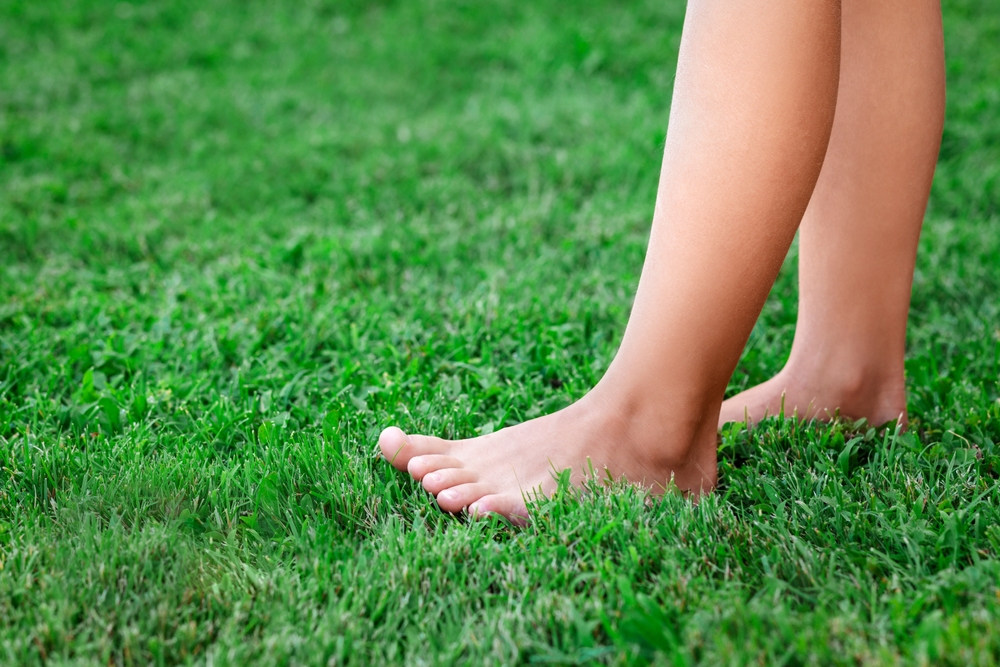Unveiling the Health Benefits of Grounding: The Science-Backed Wellness Practice
Ever walked barefoot on the grass and felt an immediate sense of calm and tranquility wash over you? This is no coincidence. It turns out that our bodies naturally respond to direct contact with the earth's surface in a process known as 'grounding' or 'earthing.' But how does it work and what are the science-backed health benefits of this wellness practice? Let's delve deeper.

The Roots of Grounding: A Historical Perspective
The practice of grounding has roots in many indigenous cultures, where direct contact with the earth was part of daily life. Traditionally, people walked barefoot and slept on the ground, becoming naturally ‘grounded.’ Over time, with the advent of modern lifestyle and technology, this direct connection with the earth has dwindled.
The science behind grounding began to unfold in the late 20th century, with research revealing that the earth’s surface carries a negative charge. This charge can influence our body’s bioelectrical processes, promoting numerous health benefits.
Grounding in Modern Health Science: The Current Trends
The concept of grounding has garnered significant attention in recent years, with numerous studies exploring its potential health benefits. Research suggests that grounding can improve sleep, reduce pain and inflammation, enhance mood, boost immunity, and promote cardiovascular health.
The reason, according to experts, lies in the earth’s natural electric charge. When we make direct contact with the earth’s surface, this charge can neutralize free radicals in our body—harmful molecules that can cause cellular damage and contribute to aging and disease.
The Practice of Grounding: Benefits and Challenges
Grounding is a simple wellness strategy that anyone can incorporate into their daily routine. It involves making direct contact with the earth’s surface, such as walking barefoot on the grass or lying on the beach.
The benefits of grounding, backed by research, include improved sleep and mood, reduced inflammation, enhanced immunity, and improved cardiovascular health. However, as with any wellness practice, grounding also has its challenges. For instance, living in an urban environment or cold climate can make it difficult to practice grounding regularly.
The Science Behind Grounding: An Analytical Perspective
Numerous studies have explored the health benefits of grounding, with promising results. For instance, a 2012 study published in the Journal of Environmental and Public Health found that grounding could improve sleep, reduce pain, and enhance overall well-being.
Another research, published in the Journal of Inflammation Research, suggested that grounding could help reduce inflammation in the body. This is crucial, as chronic inflammation is associated with numerous diseases, including heart disease, diabetes, and cancer.
Practical Tips on Grounding
- Start by spending a few minutes each day standing or walking barefoot on the earth’s surface. Gradually increase this time as you become more accustomed to the practice.
- If you live in a cold or urban environment, consider using grounding products, such as grounding mats or sheets. These products are designed to mimic the earth’s natural charge, providing similar benefits to direct grounding.
- Remember, grounding is a supplemental wellness practice. It should not replace other health-promoting behaviors, such as regular exercise and a balanced diet.
Conclusion
Grounding offers a simple, cost-effective, and scientifically-backed approach to improve various aspects of our health—from better sleep and mood to enhanced immunity. By reconnecting with the earth’s natural charge, we can tap into a powerful source of wellness, grounded in centuries-old practices and modern scientific research. So why not kick off your shoes and give it a try?





